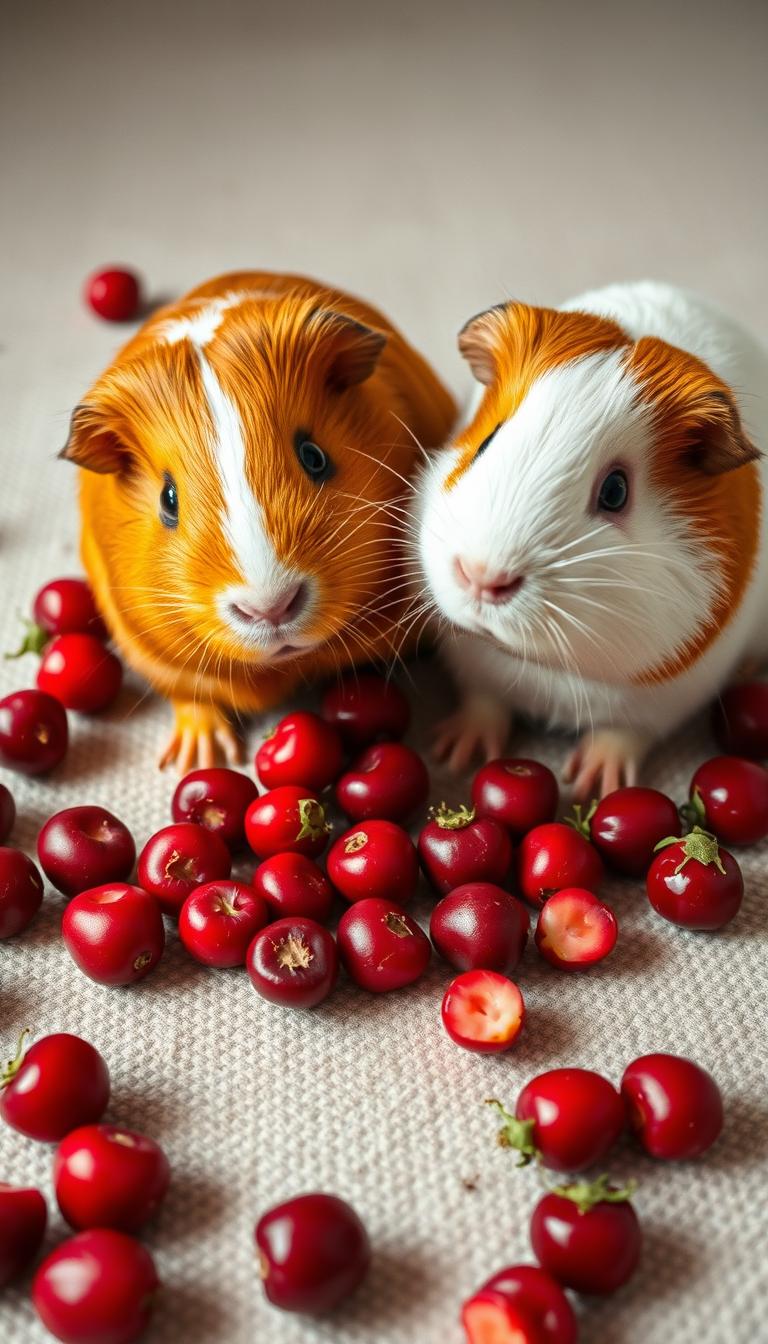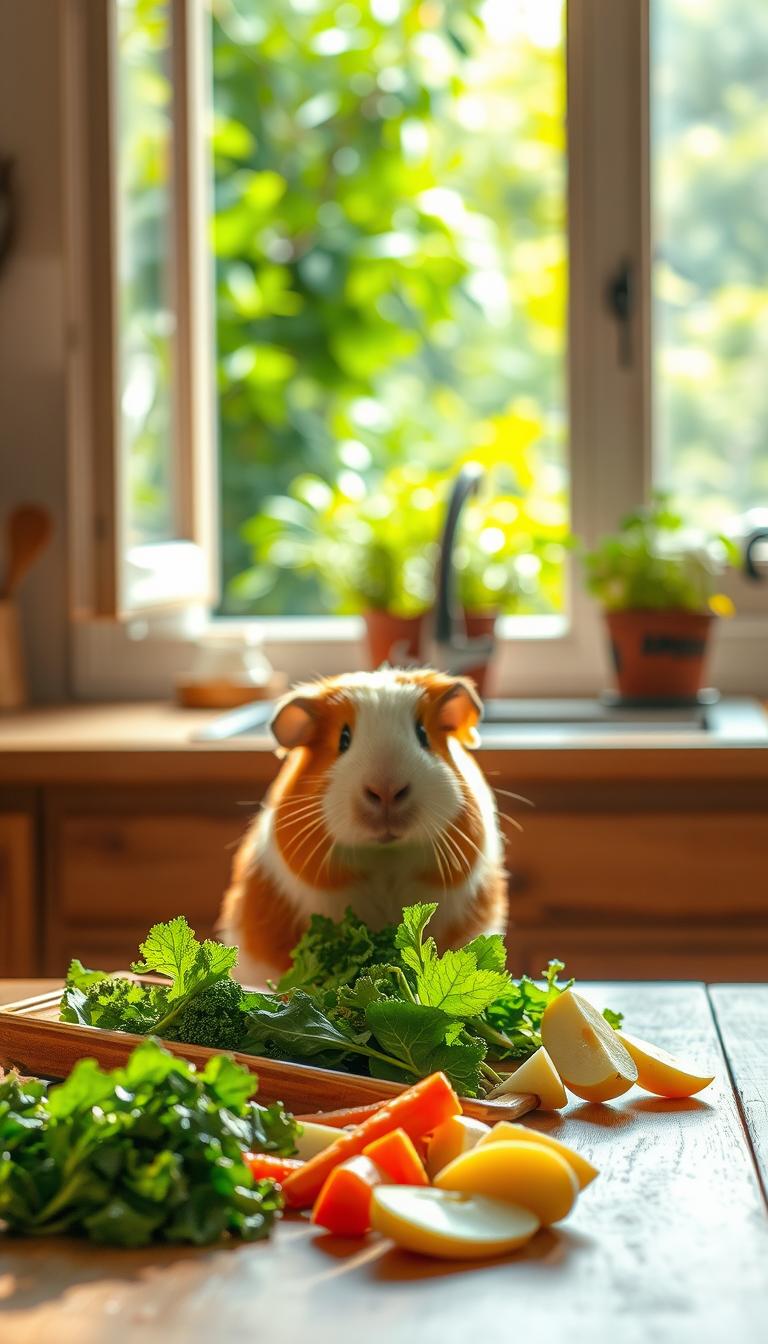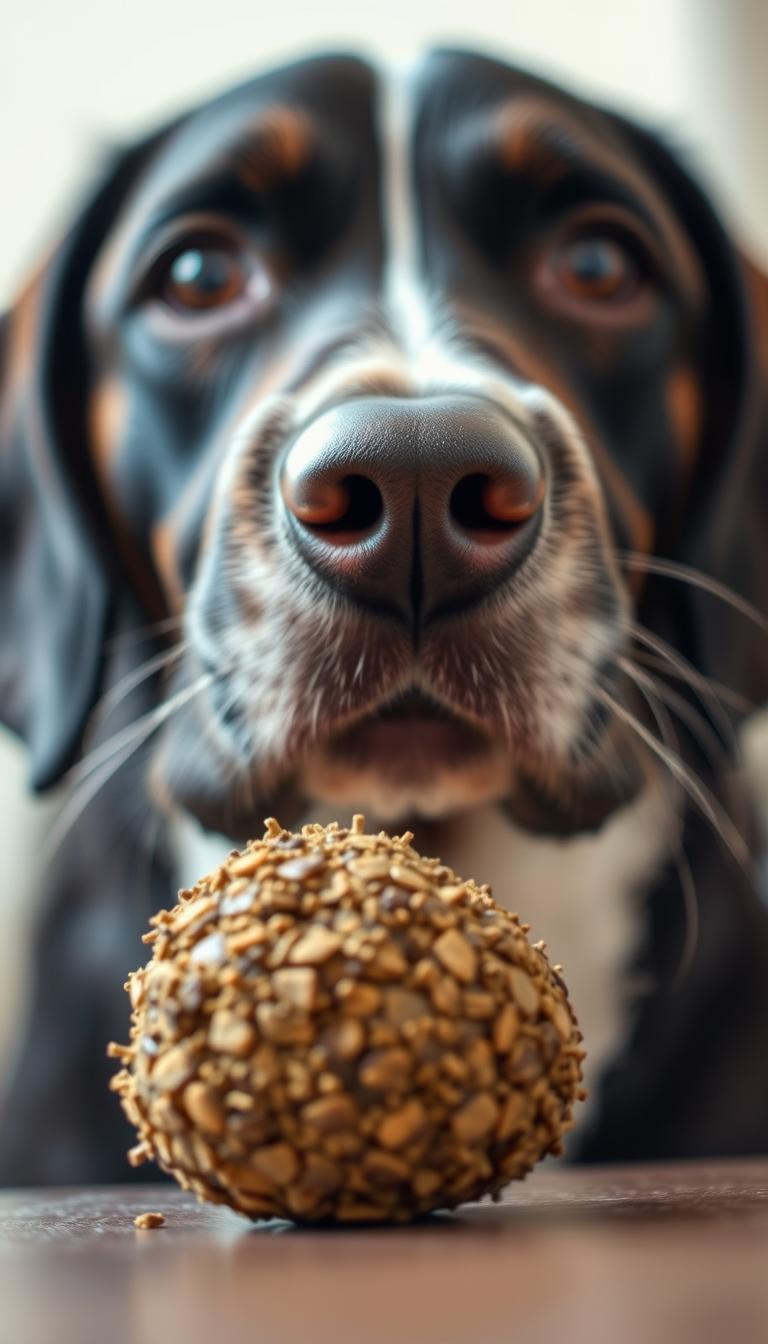As a pet owner, you might wonder if those vibrant red berries in your kitchen could be a tasty snack for your furry companion. With holiday treats abundant, it’s natural to question which fruits align with your pet’s health needs. Balancing excitement with caution is key when introducing new foods.
Small animals have sensitive digestive systems, and not all human-friendly snacks suit them. While cranberries offer vitamin C—a nutrient these pets require—their high acidity and sugar content demand moderation. For example, daily fruit portions should stay small to avoid stomach issues.
This guide dives into the benefits and risks of feeding cranberries, whether fresh or dried. You’ll learn how to safely incorporate them into meals while avoiding common pitfalls. We’ll also share insights from experienced owners and tips from veterinarians to help you make confident choices.
Curious about other fruity options? Strawberries, for instance, are another occasional treat worth exploring. Our strawberry safety guide offers helpful comparisons. By the end, you’ll know exactly how to enrich your pet’s diet without compromising their well-being.
Table of Contents
Overview of Guinea Pig Dietary Needs
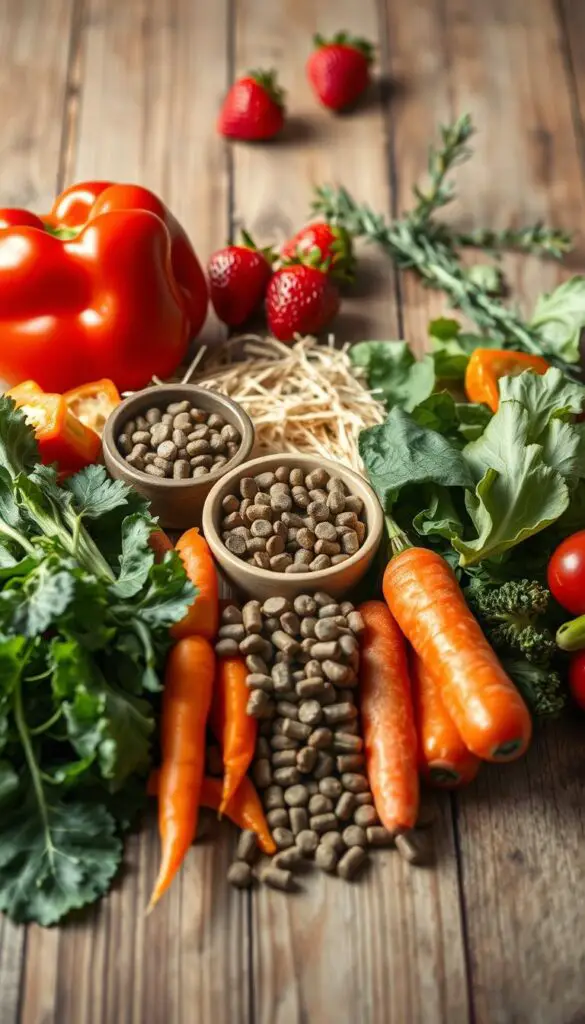
Proper nutrition forms the foundation of your furry friend’s health. These social animals thrive on meals that support their energetic personalities while preventing common health issues. Let’s break down what keeps them hopping happily.
Key Nutritional Requirements
Your pet’s plate should include three main components:
- Hay (80% of daily intake) – Supports digestion and dental health
- Fresh veggies (10-15%) – Provides vital nutrients like vitamin C
- Fortified pellets (5%) – Offers balanced minerals
Since they can’t produce vitamin C naturally, leafy greens like kale become essential. A deficiency might lead to scurvy, so variety matters!
Why Sugar Matters
High sugar snacks – even healthy-looking fruits – pose hidden risks. Their delicate digestive systems struggle with excess sweetness, which can cause:
| Issue | Risk Level | Prevention Tip |
|---|---|---|
| Diarrhea | High | Limit treats to 1-2x weekly |
| Weight Gain | Moderate | Use kitchen scale for portions |
| Dental Disease | Critical | Choose hay-based chews |
For safer fruity options, explore our guide to the best fruits for small pets. Remember: treats should never replace core meals. When introducing new foods, start with pea-sized amounts and watch for changes in behavior or droppings.
Can Guinea Pigs Eat Cranberries? Exploring the Benefits and Risks
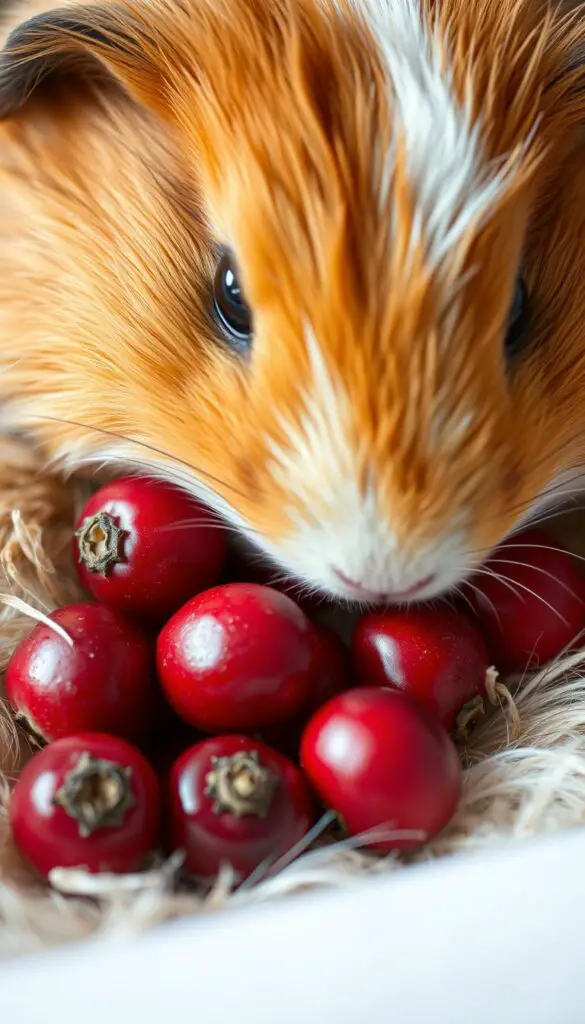
When considering treats for your small pet, cranberries often spark curiosity. These tart berries offer unique nutritional benefits but require careful handling. Let’s examine how their qualities could impact your companion’s health.
Fresh vs. Dried: Safety First
Raw fresh fruit beats processed options every time. Unlike dried cranberries coated in added sugar, whole berries retain natural moisture and lack sticky textures. One owner shared:
“Mine go crazy for fresh cranberries – they crunch them like tiny apples!”
However, even raw varieties contain natural sugars. Limit portions to 1-2 small pieces weekly to avoid digestive upset.
Nutrient Tradeoffs to Consider
While these ruby-red berries deliver vitamin C, they also pack oxalates – compounds linked to bladder stones. Here’s the breakdown:
- Benefits: Supports immune function
- Risks: May increase urinary issues
Veterinarians suggest weighing these factors carefully. For pets with stone histories, safer fruit alternatives exist. If offering cranberries, pair them with low-oxalate veggies like zucchini to balance their diet.
Remember: Treats should never exceed 5% of daily food intake. Monitor your pet closely during initial tastings, and consult your vet about individual dietary needs.
Cranberry Effects on Urinary Tract Health in Guinea Pigs
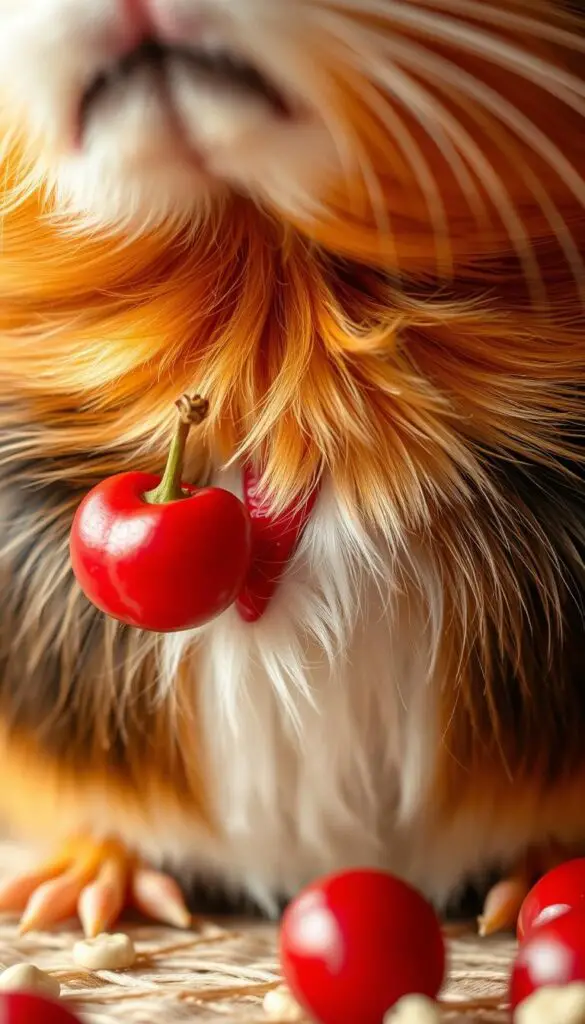
Many owners believe these tart berries help prevent urinary tract issues, but research tells a different story. Let’s separate fact from fiction when it comes to your pet’s health.
Myth vs. Reality: Acidification and UTI Prevention
While cranberries help some humans with urinary tract infections, this doesn’t translate to small pets. Their plant-based diet creates alkaline urine naturally – unlike our acidic system. As veterinarian Dr. Lisa Carter explains:
“You’d need buckets of cranberries to change a guinea pig’s urine pH. Even then, the effect would vanish before lunchtime.”
Potential for Stone Formation & Calcium Concerns
These berries pack oxalates – compounds that bind calcium in the system. Though most bladder stones in these pets are calcium carbonate, frequent cranberry treats might encourage riskier calcium oxalate formations. Consider these comparisons:
| Stone Type | Common Causes | Prevention Tips |
|---|---|---|
| Calcium Carbonate | High-calcium diets | Limit alfalfa hay |
| Calcium Oxalate | Oxalate-rich foods | Avoid spinach/berries |
Pets with prior stone problems should skip cranberries entirely. Always consult your vet about dietary changes – they can spot early warning signs through routine urine tests.
Practical Tips for Safely Introducing Cranberries to Your Guinea Pig’s Diet
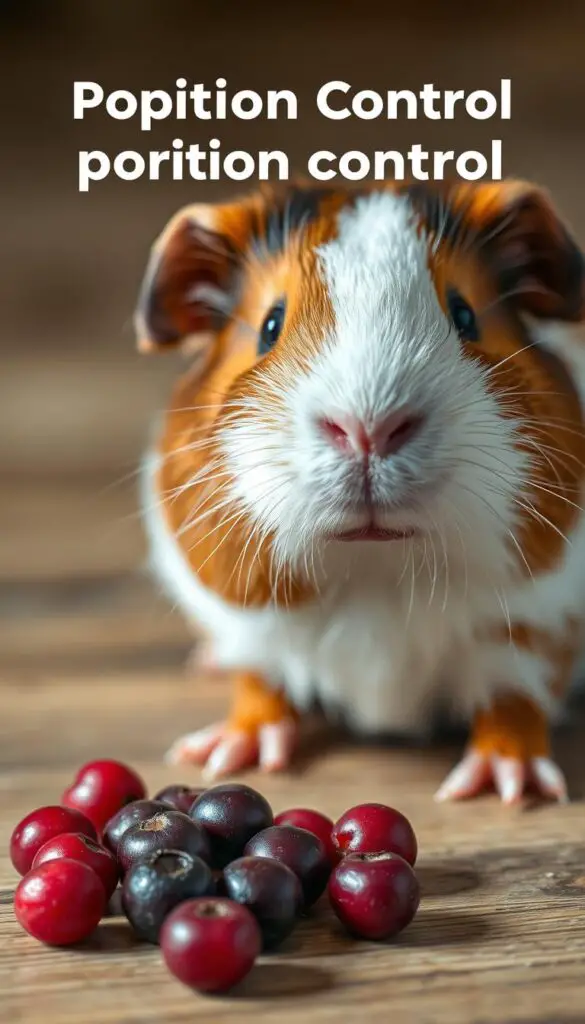
Offering new foods requires thoughtful preparation to keep your small companions healthy. Let’s explore how to balance their curiosity with nutritional safety when testing tart flavors.
Portion Control and Best Practices for Treats
Start with a pea-sized piece of fresh cranberry to gauge interest. Chop berries into quarters – their small mouths handle bite-sized pieces best. One owner noted:
“Mine sprinted over when I mixed cranberry bits with their pellets. Total foodie mode activated!”
Limit these treats to twice weekly. Pair them with hydrating veggies like cucumber to offset the tartness. Since fresh fruit availability fluctuates seasonally, avoid making it a staple. Frozen options work if thawed completely, though some piggies reject the softer texture.
Watch for these signs during initial feedings:
- Repeated pawing at the mouth (might indicate mouth irritation)
- Unusual stool consistency
- Reduced hay consumption
Keep a snack journal noting dates and reactions. This helps your vet spot patterns if health issues arise. Remember: occasional treats should complement – not replace – their core diet of hay and greens.
Final Thoughts on Guinea Pig Nutrition and Cranberry Treats
Navigating snack choices for small pets requires both care and creativity. While fresh cranberries aren’t poisonous, their high oxalate content often makes them a questionable choice compared to safer fruit options. Bell peppers and kiwi, for instance, deliver vitamin C without stone risks.
If holiday recipes leave your house stocked with these berries, resist sharing them with furry friends. What suits dogs or cats might upset delicate digestive systems. Online forums reveal split opinions – some pets nibble eagerly, while others turn up their noses.
Building trust with an exotic animal vet proves crucial for personalized advice. They’ll help balance occasional indulgences with core needs like hay and pellets. Remember: A single blueberry-sized piece twice monthly poses less risk than frequent portions.
Thanks to evolving research and passionate owner communities, we better understand species-specific diets. Prioritize variety-rich meals over trendy treats, and your companion will thrive all year round.

